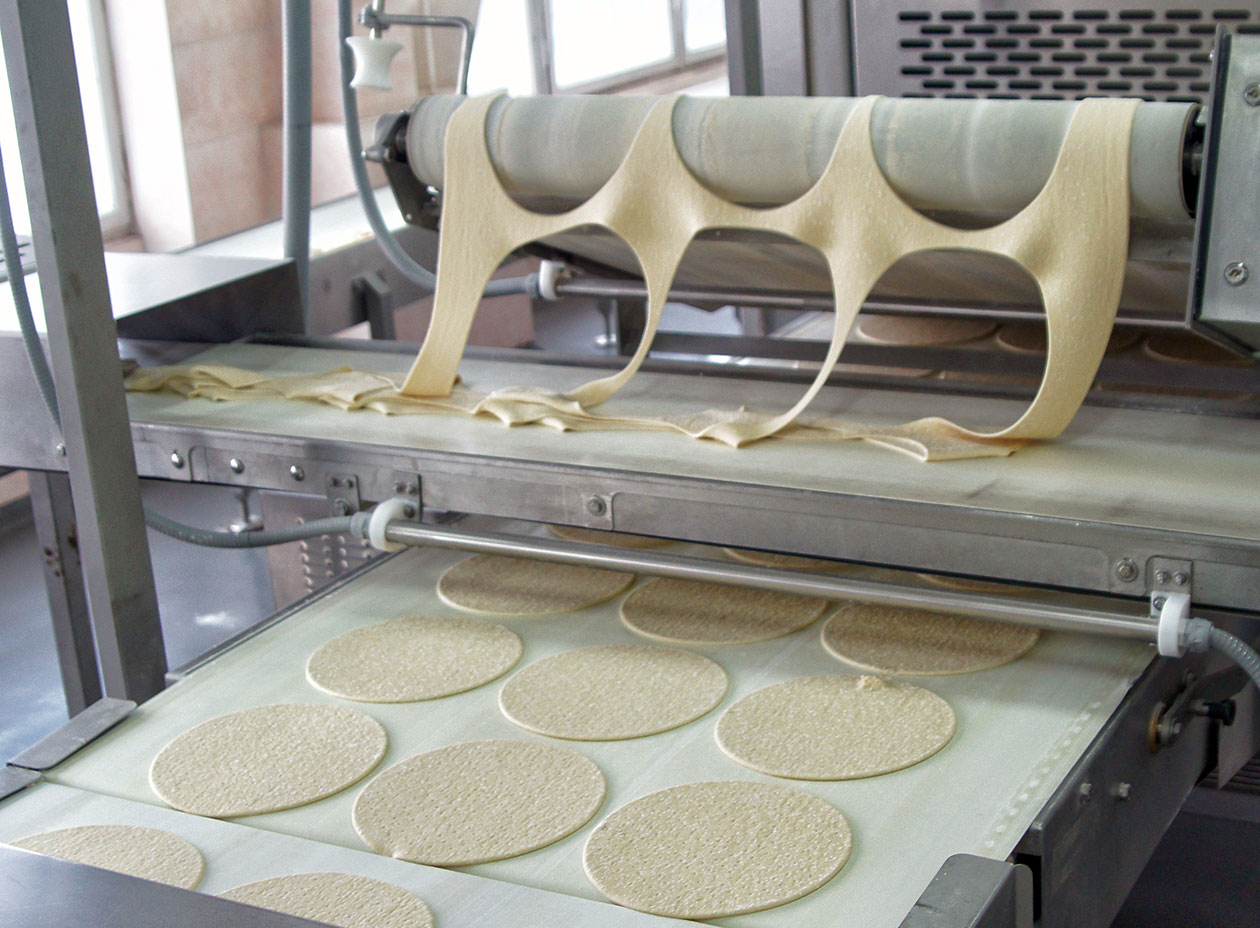One of the most buzzed about innovations at the 2020 Consumer Electronics Show in January was the pizza-making robot. The technology developed by Picnic was used to produce the pizza served at the big annual tech event of over 180,000 attendees. The pizza robots have been piloted at the Seattle Mariner’s stadium and a small Seattle-based pizza chain.
The machine can produce 180-18” or 300-12” pizzas an hour with a single worker responsible for keeping the ingredients stocked. Restaurants supply the crust, sauce, cheese, and other toppings so the pizzas are a unique product of the restaurant. The robot makes sure that the ingredients are assembled consistently so every customer gets the same amount and distribution of toppings every time they order. Is it possible that pizza on your family’s Pi day dinner table will be made by a robot? How about the other food you order in restaurants?
Automation in food service
Finding and retaining workers is a major challenge for restauranteurs making the industry a prime target for automation. In November of 2019, 5.6% of jobs in the accommodation and food service sector were unfilled, the highest rate of openings in any industry (4.5% average). During the same month, the industry had a 6.2% rate of separation (4.1% average) indicating high levels of turnover.[1] In addition, the cost of labor in the industry has outpaced the national average. Over the previous year, the average hourly wage of nonsupervisory restaurant employees has grown by 4.5% compared with the national average of 3.6%.[2] When business owners rely on an increasingly more scarce and expensive resource, they look to alternative ways to produce.
Automation is a trend that the industry is watching closely. The National Restaurant Association published its report of emerging trends and identified automation and AI as a potential disruptor over the next decade:
Back-of-house operations will become more fully automated as costs fall and flexible, reprogrammable robot systems grow more sophisticated. This will allow automation of more of the repetitive elements of food preparation and event permit motion-capture replication of movements of chefs. Chefs will work in collaboration with these systems, using physical senses and expert judgement.
Picnic, the creators of the pizza robot, see opportunities to expand beyond pies into salads, sandwiches, and bowls.
What does this mean in New York?
New York is home to over 5,719 pizzerias (2.93 per 10,000 people). While no data are formally collected, the author’s discussions with residents suggests that New Yorkers are particularly passionate about pizza preparation, appropriate toppings, and consumption methods. Most New Yorkers have their favorite local independent pizzeria that they support. In the short term, it is likely that these smaller businesses will be focusing on integrating new technologies that improve customer experiences through interfaces that make it easier for customers to order and pay rather than pizza making robots and autonomous delivery vehicles.
So as you sit down with your family and friends to celebrate this Pi day, it is an excellent opportunity to think about how technology, AI, and automation is changing how we order, make, and deliver our food.
ABOUT THE AUTHOR
Laura Schultz is director of fiscal analysis and senior economist at the Rockefeller Institute of Government
[1] Bureau of Labor Statistics Job Openings and Labor Turnover Survey Data, https://www.bls.gov/jlt/.
[2] Bureau of Labor Statistics Current Employment Statistics, https://www.bls.gov/ces/.

